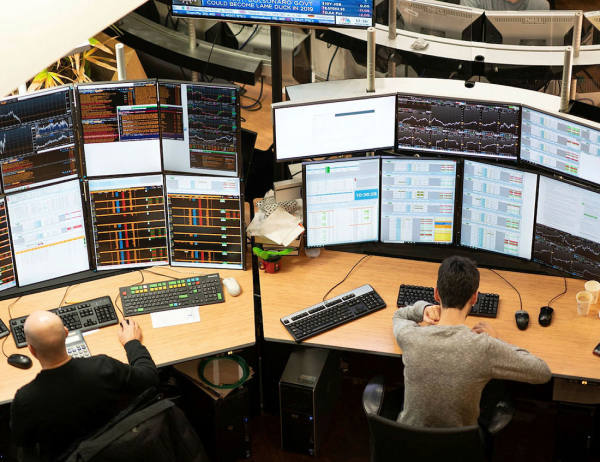Ultimately, good investing is about accurately anticipating an asset’s future returns. But it is also about anticipating how others will anticipate those same returns.
Take the market for investment-grade bonds. Since the early 1980s, the correct call was to follow the trend and expect rates and yields to keep falling. But to be a successful bond investor, you also had to correctly anticipate that there would be a market for yield-free (or even negative-yielding) fixed-income securities. In the event, there was (until the end of 2021, when there very suddenly wasn’t).
In a market bubble, this plays out as the Greater Fool principle. If there’s always going to be another mark queuing up to buy at a higher price, you can worry less about future returns.
Put differently, this kind of anticipation is about thinking one step ahead. To the economist John Maynard Keynes, investing was like a competition in which players must pick out the prettiest faces from a series of photographs, the winner being “the competitor whose choice most nearly corresponds to the average preferences of the competitors as a whole”.
Chipmaker Nvidia (US:NVDA) – whose shares have tripled in value in 2023 – may or may not be the prettiest investment out there, as we have explored on several occasions. But looking beyond questions of valuation and instead focusing on the breathless hype for both artificial intelligence (AI) and Nvidia’s role as the hardware provider to the field, has been the correct call.
Of course, the ability to anticipate other investors’ moves varies widely. If you have reliable insights on investor behaviour and trading – especially alternative data sources not readily available to most – you have an edge. Look at high-frequency trading. The practice allows some market actors to “anticipate and trade ahead of other investors’ order flow”, in the words of one academic paper, thereby getting the jump on market swings before mere mortals have a chance to react.
Read more from Investors' Chronicle
Sixteen 'big and reliable' stocks
Private Investor's Diary: Unilever is too cheap to ignore
Why bond ETFs are in high demand
But it is with the growing use of AI and machine learning in financial markets that the subject of investor anticipation is entering new frontiers.
As in every field, there is considerable hype right now about generative AI’s use in stockpicking. So far, the evidence for the technology’s edge in asset allocation is – as with what constitutes AI more broadly – somewhat woolly, even though hedge funds have long sought to exploit its potential by applying predictive analytics, advanced statistical models and huge computer power to trading strategies.
One sceptic of the idea that AI can predict share price moves is Grant Fuller, co-founder of irithmics, a fintech company that uses AI to help its clients anticipate and understand the reactions of capital market investors. While the line between prediction and anticipation may seem thin, Fuller’s thesis is that because stock markets are the product of human decision-making and agency, and that human decisions are ultimately unknowable, reliable prediction is something of a chimera.
What he is convinced by, however, is the capacity of machine learning to divine institutional investors’ attitudes and biases towards large liquid stocks, based on the “small breadcrumbs” left by movements in large positions in response to corporate and market developments.
Such subtle mood shifts – which Fuller calls “vicarious risk”, to denote the risk others’ asset allocation decisions pose to a portfolio – are adding an extra tool to the anticipation game.
At present, Fuller says irithmics’ single-largest client is the London Stock Exchange, which syndicates some of the group’s analytics to every issuer in the market. Unsurprisingly, the insights have also proved popular with some hedge funds, whose repeat custom suggests vicarious risk may already be used as a prompt to trade. “If the fire alarm goes off in your building, you might like to know why, but you don’t need to know why to evacuate,” notes Fuller.
Where then, might private investors fit in to all of this? One avenue might be to use AI-derived insights to better understand the quality of fund managers’ asset allocation decisions. In other words, to help us better anticipate money managers’ accurate anticipation of others’ anticipation. Stay tuned.
Get all the latest Ideas Farm data
Shares hitting new highs and lows
Companies smashing broker forecasts
Big director buys and sells
London's most shorted shares





.png?source=invchron&width=600)
